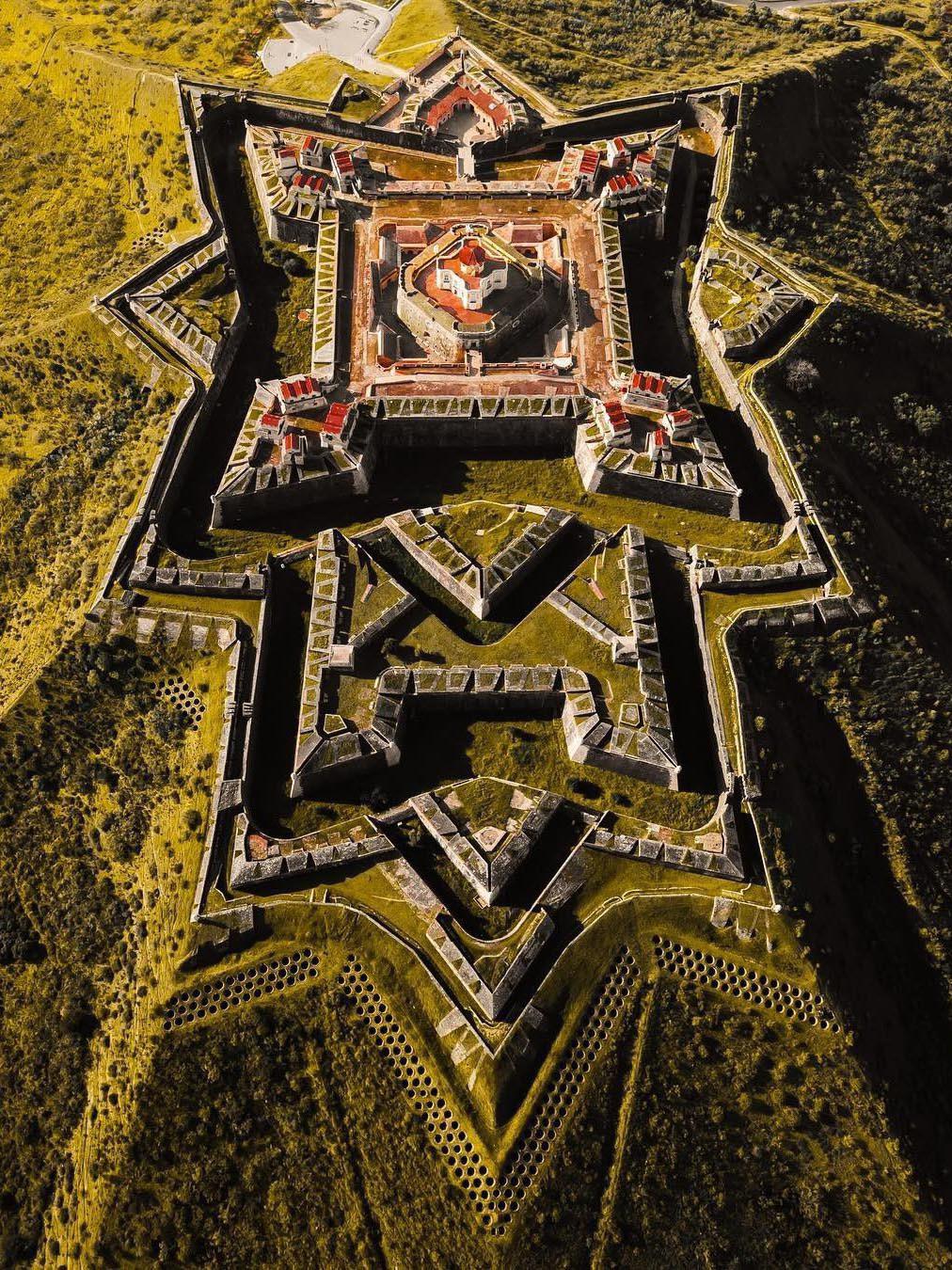Summary
The Historical Significance
Forte de Nossa Senhora da Graça stands as a beacon of history, prominently overlooking the town of Elvas in Portugal. It exemplifies military architecture from the 18th century and is a key example of a fortification from this period. The fort’s robust design and strategic location have safeguarded the region for centuries. This role in defending the Portuguese frontier has made it a significant national monument. Its well-preserved nature offers a window into the historical military strategies used in Europe. Today, this site captivates visitors worldwide, eager to explore its corridors and learn about its past.
Get your dose of History via Email
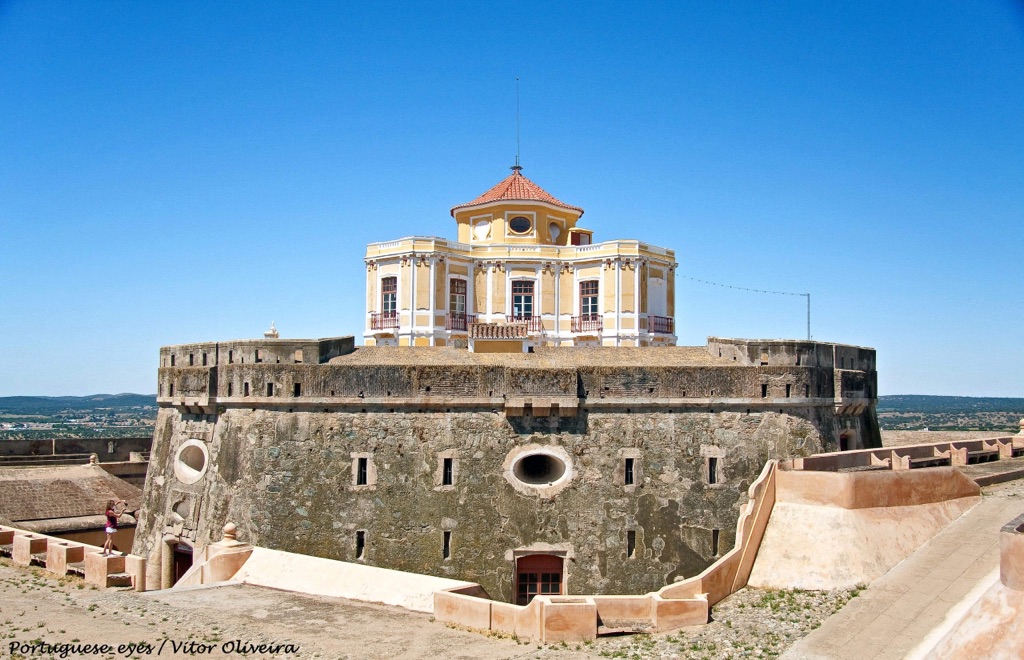
Architectural Marvel of Forte de Nossa Senhora da Graça
The fort’s intricate design is a testament to its architectural significance. The star-shaped fortress encompasses advanced design principles from the era. These include counterguards, covered walkways, and strategically placed bastions. This blend of defensive features allowed the fort to withstand numerous sieges. Its resilience is not only a historical curiosity but also an object of study for those interested in military engineering. The structure harmoniously combines form and function, making it an outstanding example of its kind.
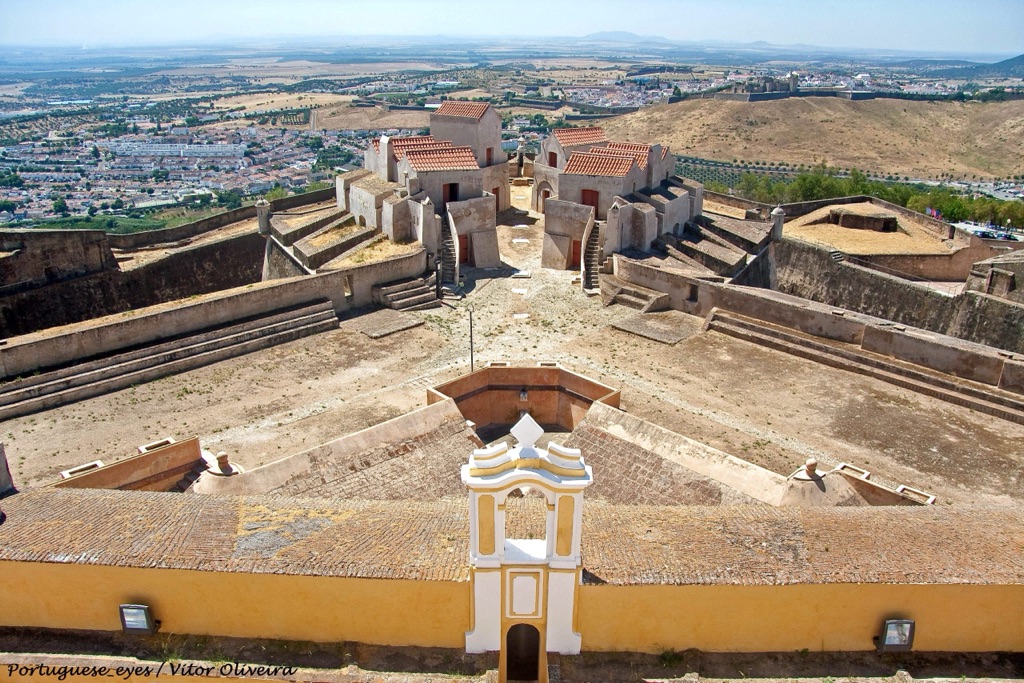
Visitor Experience and Preservation of Forte de Nossa Senhora da Graça
The visitor experience at Forte de Nossa Senhora da Graça is immersive and educational. Guests can explore the ramparts, barracks, and storerooms, all preserved to maintain authenticity. Efforts to maintain the site have been critical in its conservation. These efforts allow present and future generations to appreciate the historic value of the fort. Educational programs and guided tours bring its story to life, ensuring that its legacy endures. As visitors tread its grounds, they not only step back in time but also contribute to the ongoing narrative of this monumental site.
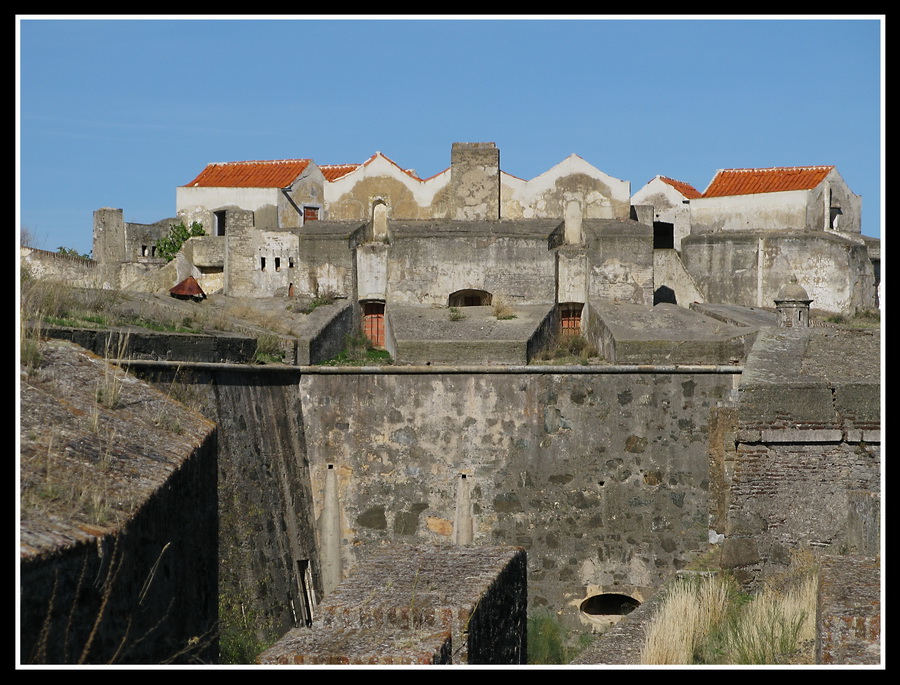
Historical Background of Forte de Nossa Senhora da Graça
Foundation and Purpose
Forte de Nossa Senhora da Graça, also known as Fort of Grace, rises near the Spanish border. It started taking shape in 1763 and stands on Monte da Graça. The fort was to enhance Portugal’s defenses, notably during the Seven Years’ War. Its strategic placement ensured the safeguarding of nearby Elvas and its important military facilities. Over time, it has become a symbol of Portugal’s military prowess and national identity. It holds stories of battles, resilience, and the evolution of military technology.
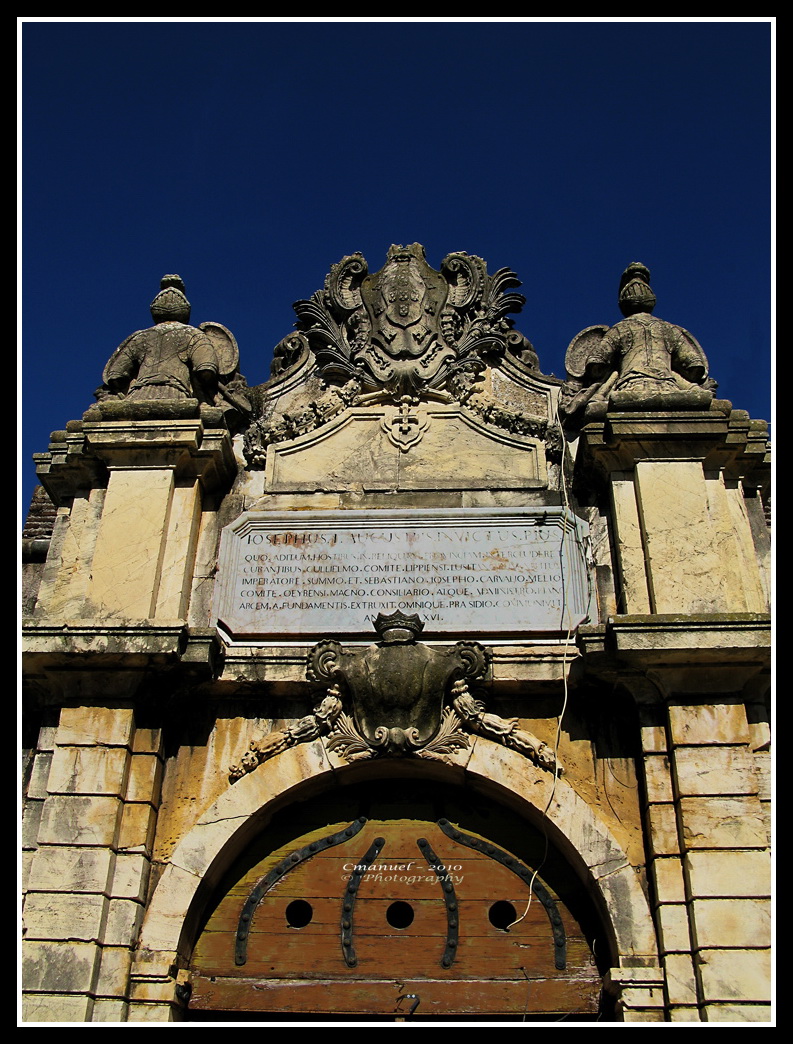
Architectural Innovation
The fort is a splendid example of 18th-century military architecture. Its design came from the Count of Lippe, a renowned military strategist. The intentional design includes a star-shaped layout, robust bastions, and moats. Also, the layout used the natural slope of the hill for extra protection. Such features made the fort near impregnable. The builders equipped it with facilities necessary for prolonged sieges. Even today, the architectural finesse of the fort awes historians and tourists alike.
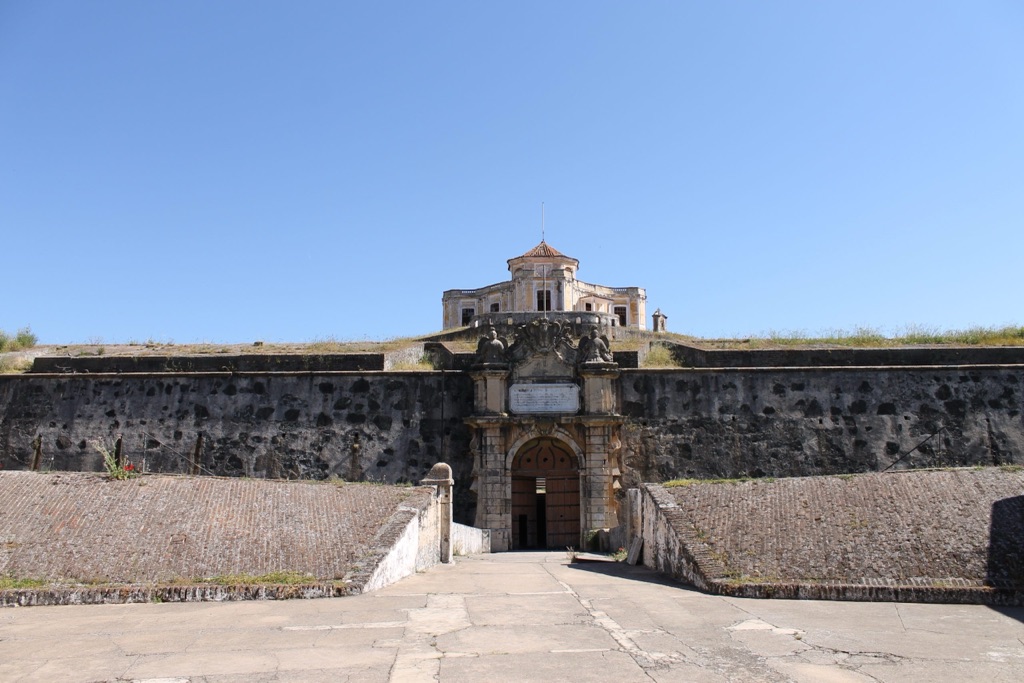
Historical Milestones
Throughout history, Forte de Nossa Senhora da Graça played a pivotal part in key military events. It stood firm during the Peninsular War and the War of the Oranges. Moreover, it served as a political prison in the 19th century. These conflicts and events shaped its legacy. They transformed the fort from a mere military structure into a vessel of Portugal’s historical narrative. With each battle, the fort’s stories grew, adding chapters to the rich tapestry of Portugal’s past.
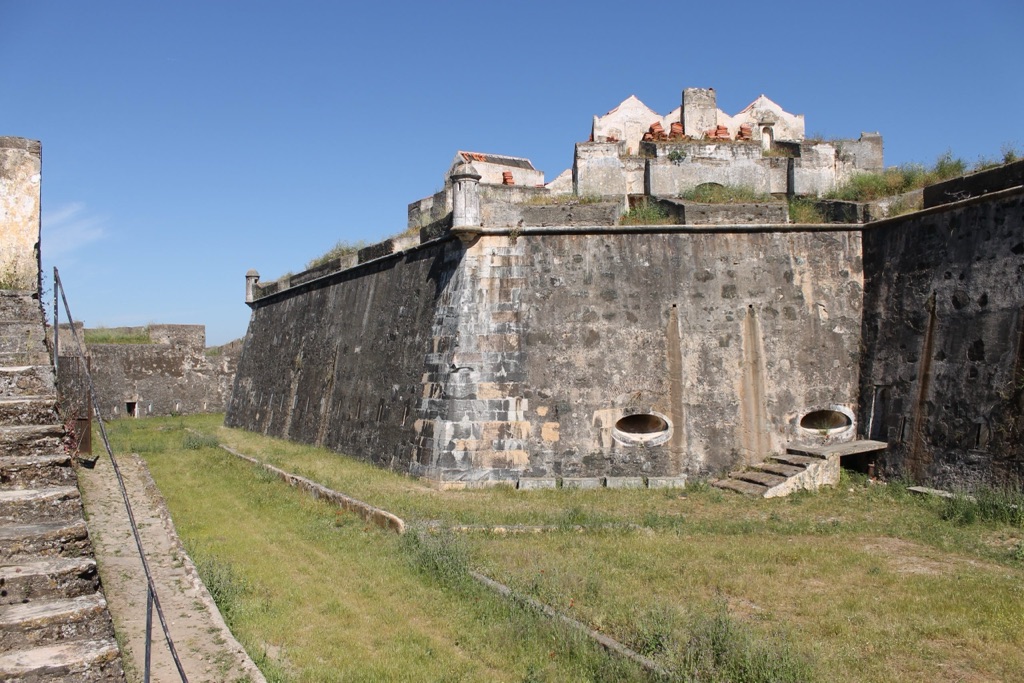
The Fort’s Preservation
Today, there’s a strong emphasis on preserving the fort for future generations. Restoration works have been ongoing to maintain its structure and beauty. These efforts ensure that everyone can understand and appreciate the historical significance of the fort. It stands not just as a monument of the past, but as a testament to the care given to preserving history.
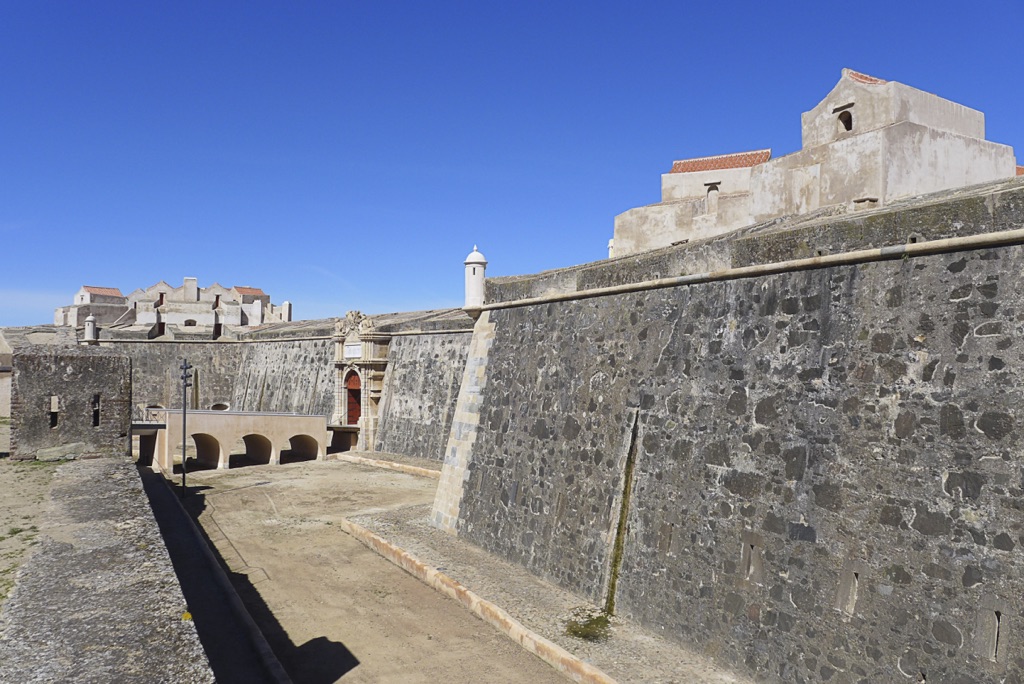
Legacies of the Past
The influence of Forte de Nossa Senhora da Graça extends beyond its walls. It contributes to the cultural landscape of Portugal and highlights the nation’s historical resilience. It has become a destination for those eager to delve into history. The fort also serves as an educational resource, hosting school trips and historical enthusiasts. Its legacy, cemented in stone and memory, continues to endure the test of time.
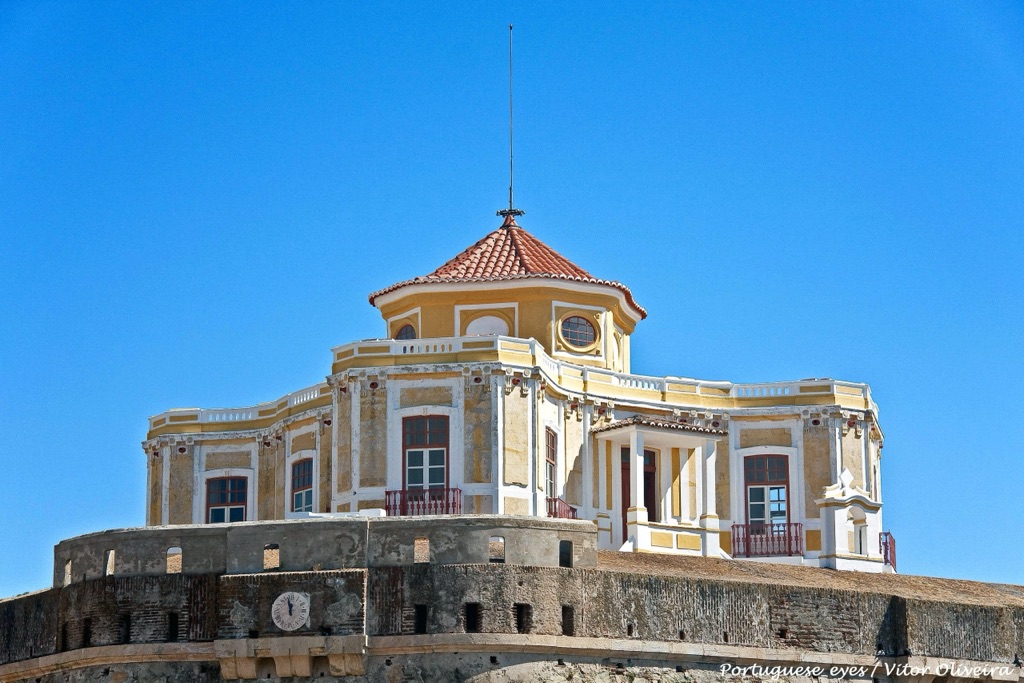
The Discovery of Forte de Nossa Senhora da Graça
Initial Unveiling
The storied Forte de Nossa Senhora da Graça was not discovered in the traditional sense, as it was a purpose-built military fortification. Its construction began in earnest in 1763, meticulously planned and executed under the direction of the Count of Lippe, a skilled military engineer appointed by the Portuguese Crown. As the stones were laid upon the Monte da Graça, the fort emerged to become an imposing presence designed to secure the border against Spanish incursion.
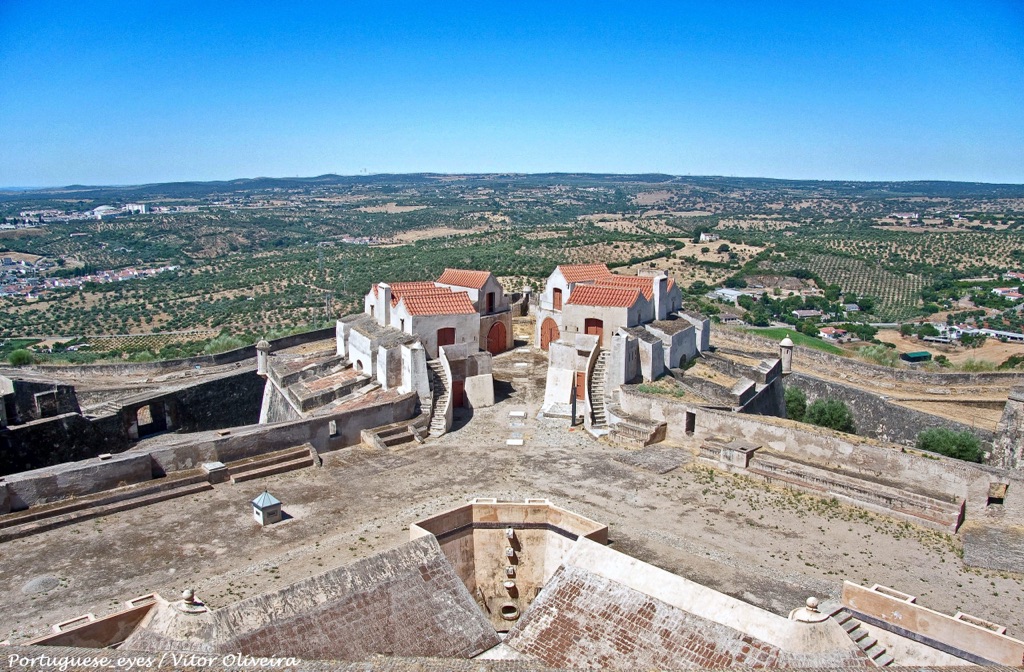
Strategic Relevance Revealed
As the fort took shape, its strategic significance became evident. The hilltop location granted panoramic views, pivotal for the defense of Elvas and its critical fortresses. The fort’s discovery came through its military prowess. It acted as a silent sentinel, aiding in surveillance and providing a critical advantage in readiness. Its visibility and the capability to signal other forts in the area were crucial during periods of conflict.
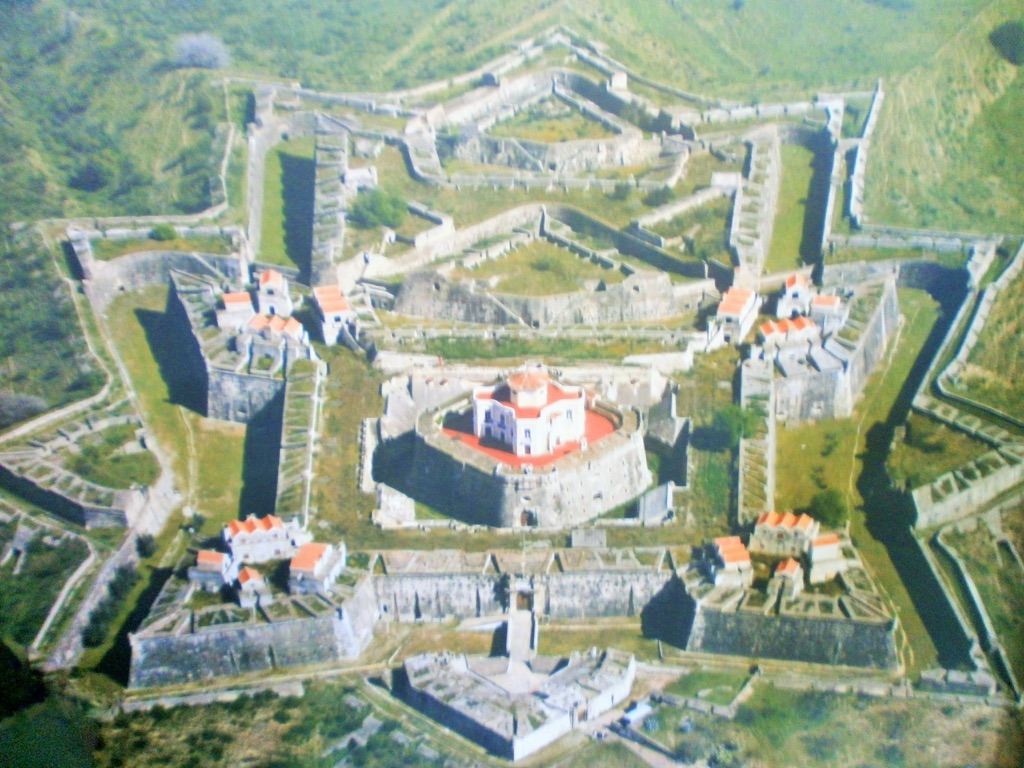
Cultural and Historical Appreciation
In the years following its construction, the fort’s true value slowly unfurled, like a flag upon its ramparts. Not only a military bastion, it became entrenched in the cultural and historical fabric of Portugal. Visitors discovered it anew as a beacon of heritage. It not only served as a deterrent to invasions but also stood the test of time, appreciated for its unwavering presence and resilience.
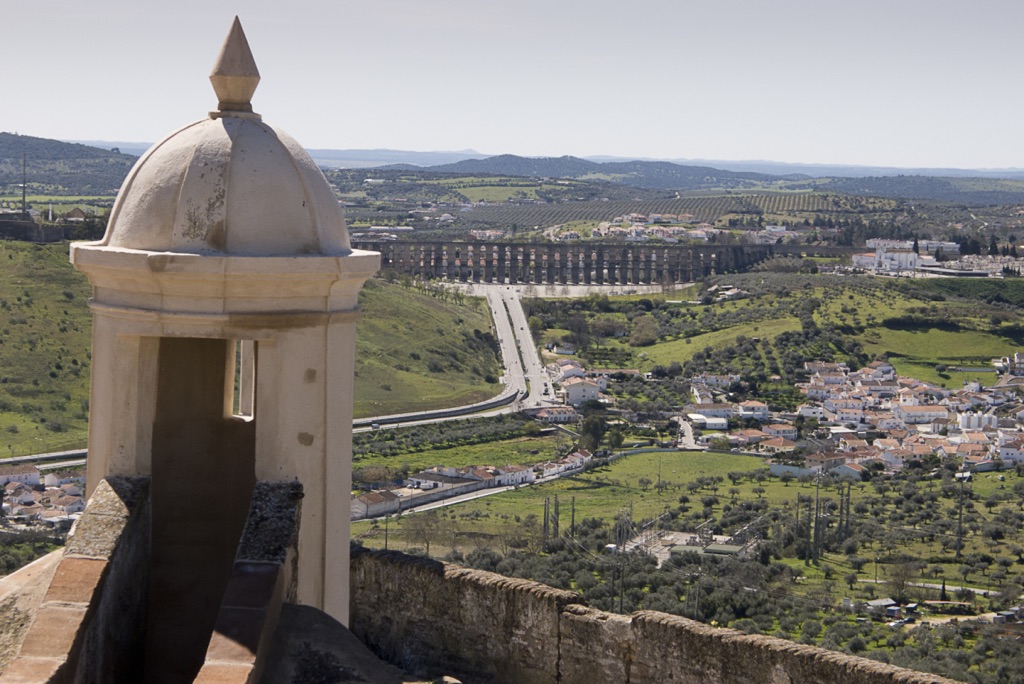
Modern-Day Rediscovery of Forte de Nossa Senhora da Graça
The continued interest in Forte de Nossa Senhora da Graça reflects a modern-day rediscovery. Enthusiasts and scholars delve into archival material and unearth new aspects of its history. The fort’s restoration projects ignite interest and invite reexamination. This perpetuates a cycle of discovery that keeps the fort relevant and exemplifies the enduring nature of such historical sites.
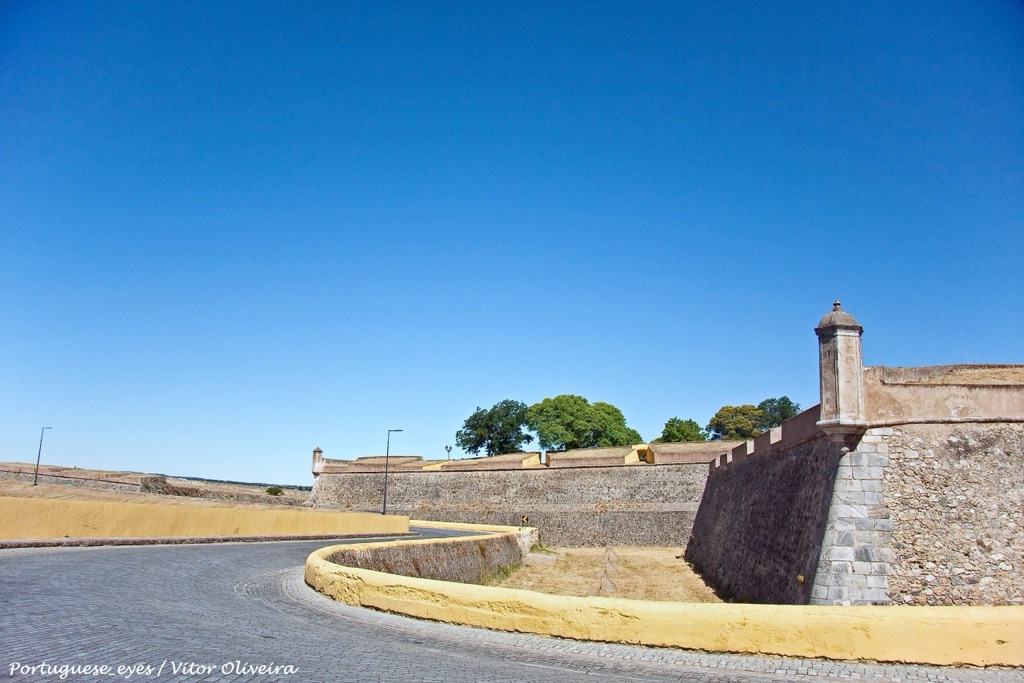
Legacy for Future Generations of Forte de Nossa Senhora da Graça
Its recent classification as a UNESCO World Heritage Site marked another phase in the fort’s discovery. This international recognition underscores its significance and ensures its stories, architecture, and strategic genius are preserved. Today, each visitor partakes in the fort’s discovery, piecing together narratives from the stones that have withstood the march of armies and time.
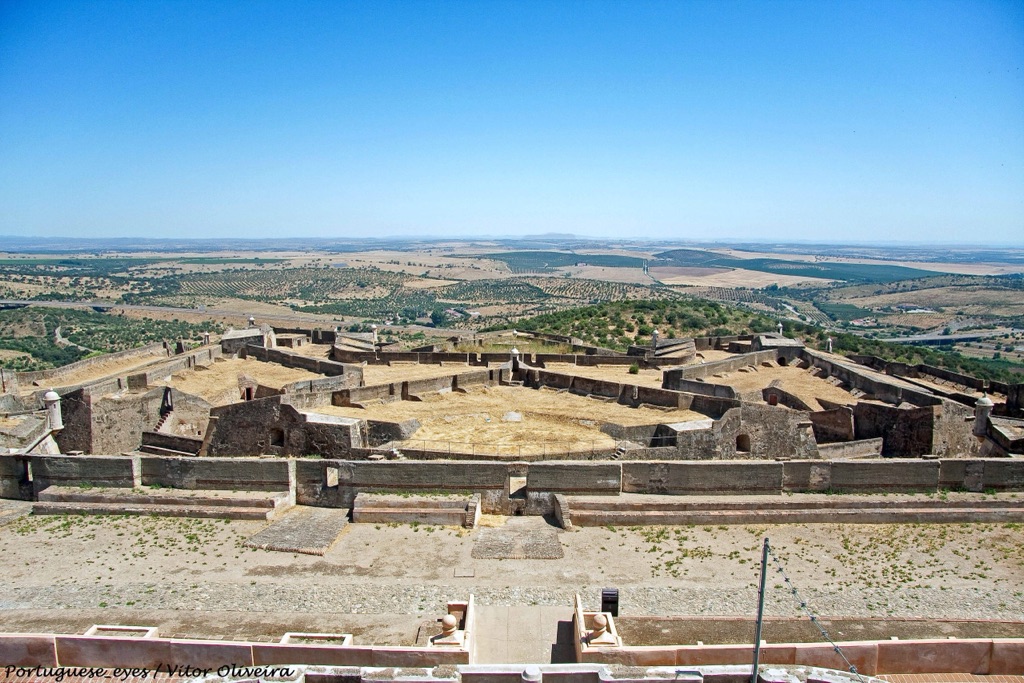
Cultural Significance, Dating Methods, Theories and Interpretations
Imprint on Portuguese Culture of Forte de Nossa Senhora da Graça
The cultural significance of Forte de Nossa Senhora da Graça cannot be overstated. Steeped in military history, it has fortified the identity of the Portuguese nation. Festivals and commemorations held at the site honor the resilience and strategies that protected the country from invasions. The fortress is a source of local pride, symbolizing the enduring strength of the community and the nation’s history. It binds the past with the present, serving as a constant reminder of collective heritage and the struggles overcome.
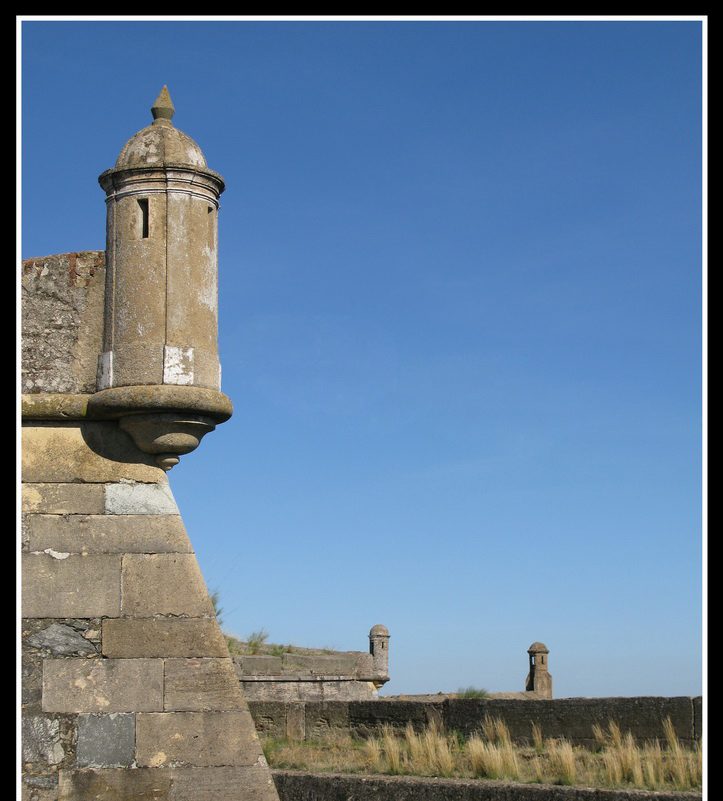
Unlocking the Fort’s Timeline
Understanding when Forte de Nossa Senhora da Graça was built provides insight into its role in history. Archaeologists and historians have used dating methods like archival document analysis to establish its construction timeline. They rely on historical records from the era to piece together events leading up to and during the fort’s construction. This investigation has confirmed the fort’s inception in the 18th century, aligning with the strategic military shifts of the period.
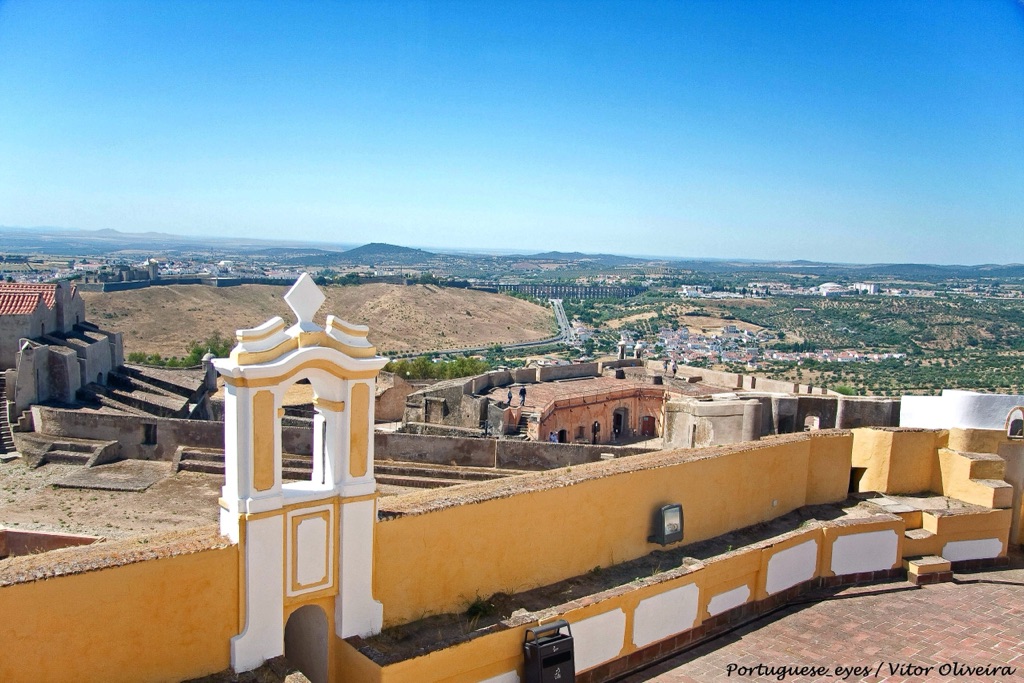
The Enduring Enigma of Forte de Nossa Senhora da Graça
While much is known about the fort, it still holds mysteries. Several theories about hidden passageways and rooms within the structure abound, fueling continuous research and exploration. Interpretations of its design also vary, with experts debating the full extent of Count of Lippe’s influence on the fort’s architecture. These lingering uncertainties add a layer of intrigue to the site, captivating scholars and visitors alike.
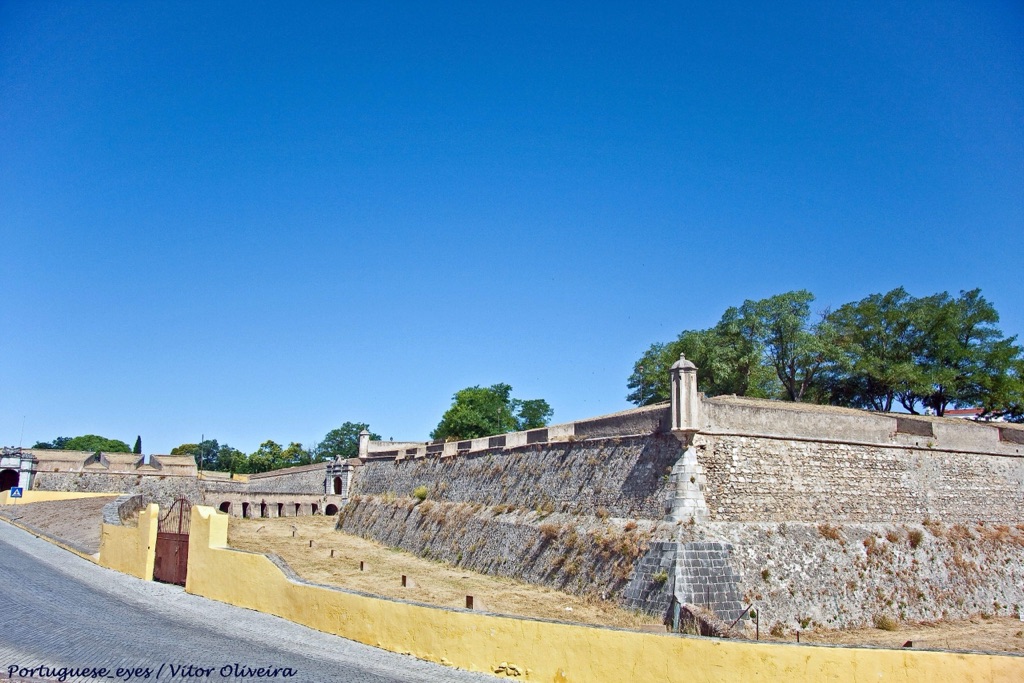
The Embodiment of Military Might
The theories and interpretations of Forte de Nossa Senhora da Graça often highlight its embodiment of 18th-century military architecture. The fort is examined as a case study in military engineering classes and seminars, illustrating how fortification designs evolved to counteract advancements in artillery. Its elaborate defense mechanisms and strategic location are frequently cited as proof of a new era of military thinking.
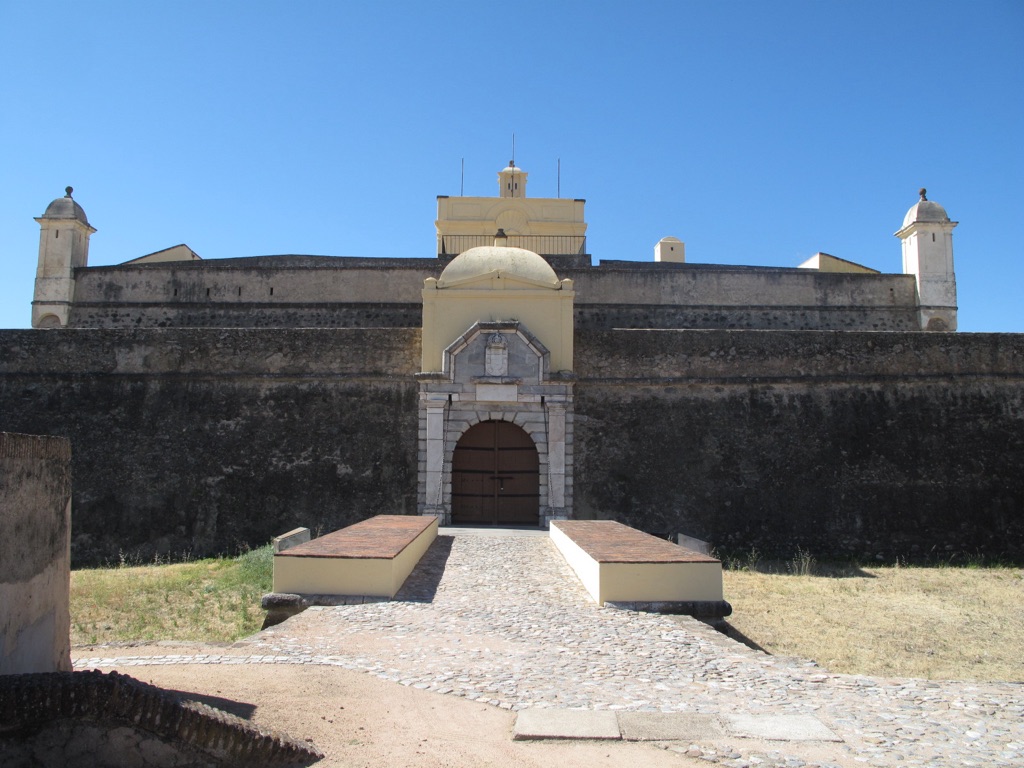
Resonance in Popular Imagination
Beyond academics and historians, the fort’s grandeur has captured the imagination of artists and writers. It appears in literature, paintings, and even local folklore, reflecting its resonance beyond mere military history. The fort has become a canvas for cultural expression, inspiring tales of courage, sacrifice, and innovation. As it sparks creativity, it also cements its position in the broader cultural narrative of the region.
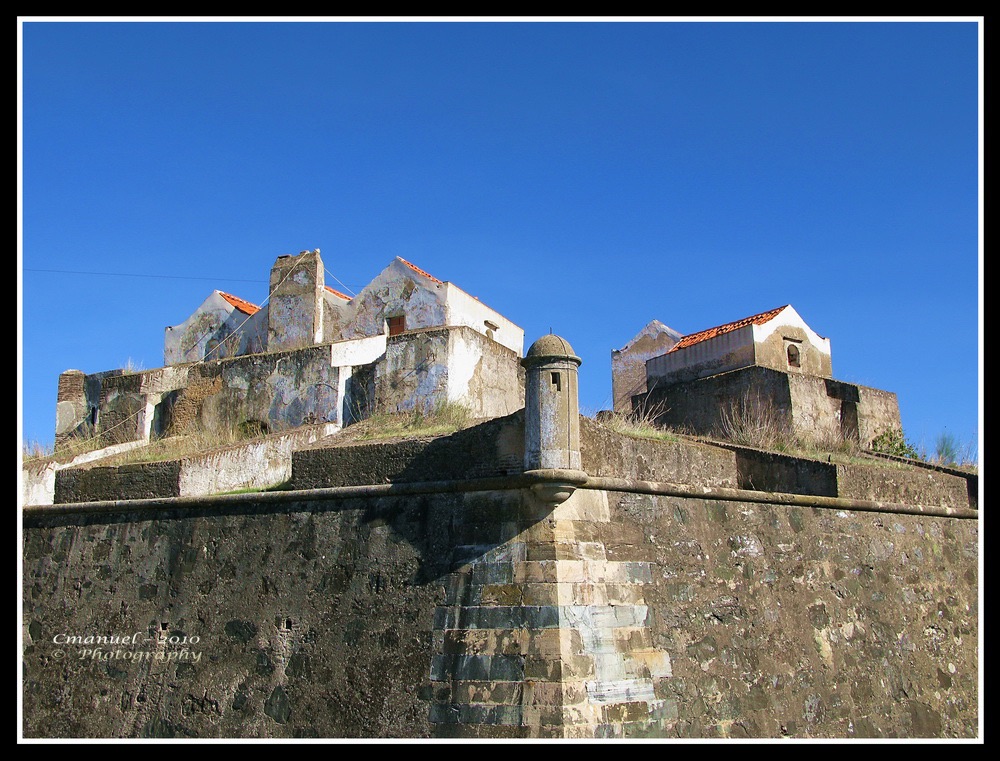
Conclusion and Sources
In conclusion, Forte de Nossa Senhora da Graça stands as a testament to the historical, cultural and military significance of Portugal. Its construction was a response to the strategic needs of the 18th century and enduring through the times, it represents the evolution of military architecture. Its preservation as a UNESCO World Heritage site allows for continued exploration and education. As such, it will remain an invaluable part of the Portuguese heritage, offering insights into the past and inspiration for the future. The research and theories surrounding the fort enrich our understanding and keep the spirit of discovery alive.
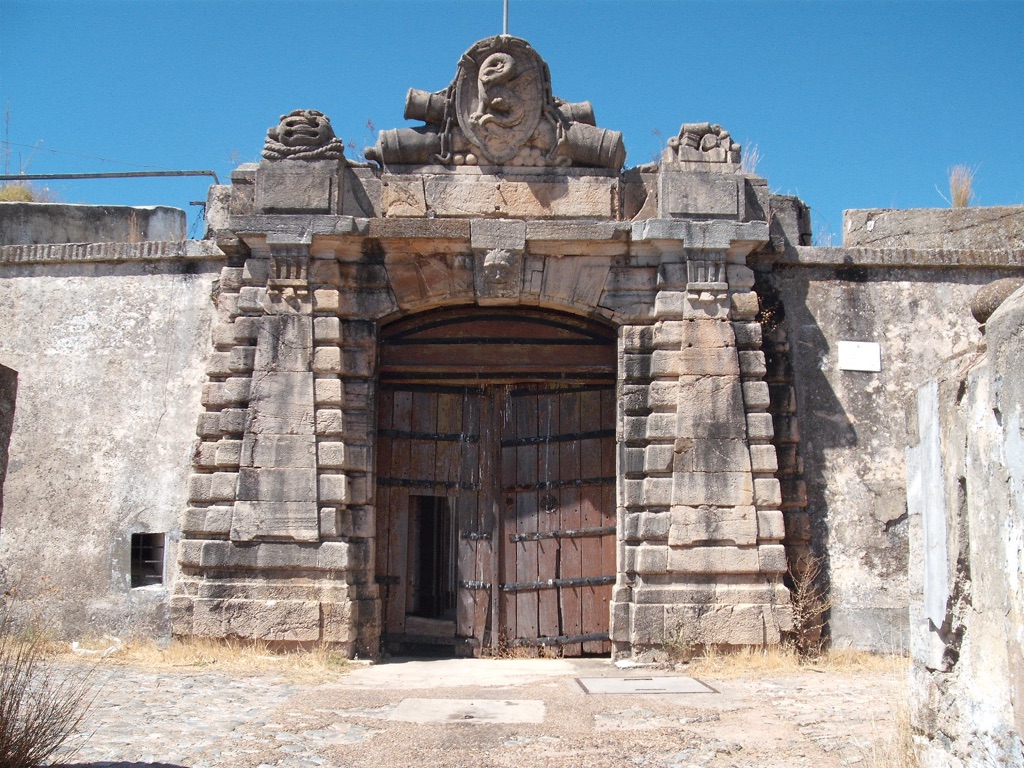
For further reading and to validate the information presented in this article, the following sources are recommended:
Or you can check any of these reputable archaeological and historical texts:
Fort of Graça – Elvas. (n.d.). Patrimonio Cultural.
The Fortifications of Elvas. (2019). World Heritage Journeys of Europe.
Costa, L. (2015). The Military Orders and the Portuguese Expansion (15th to 18th centuries). Portuguese Studies Review, 23(2), 113-137. Retrieved from
Gouveia, A. (2017). The Fortifications of Elvas: Preservation of a World Heritage Site. Heritage, 1(1), 175-186.

